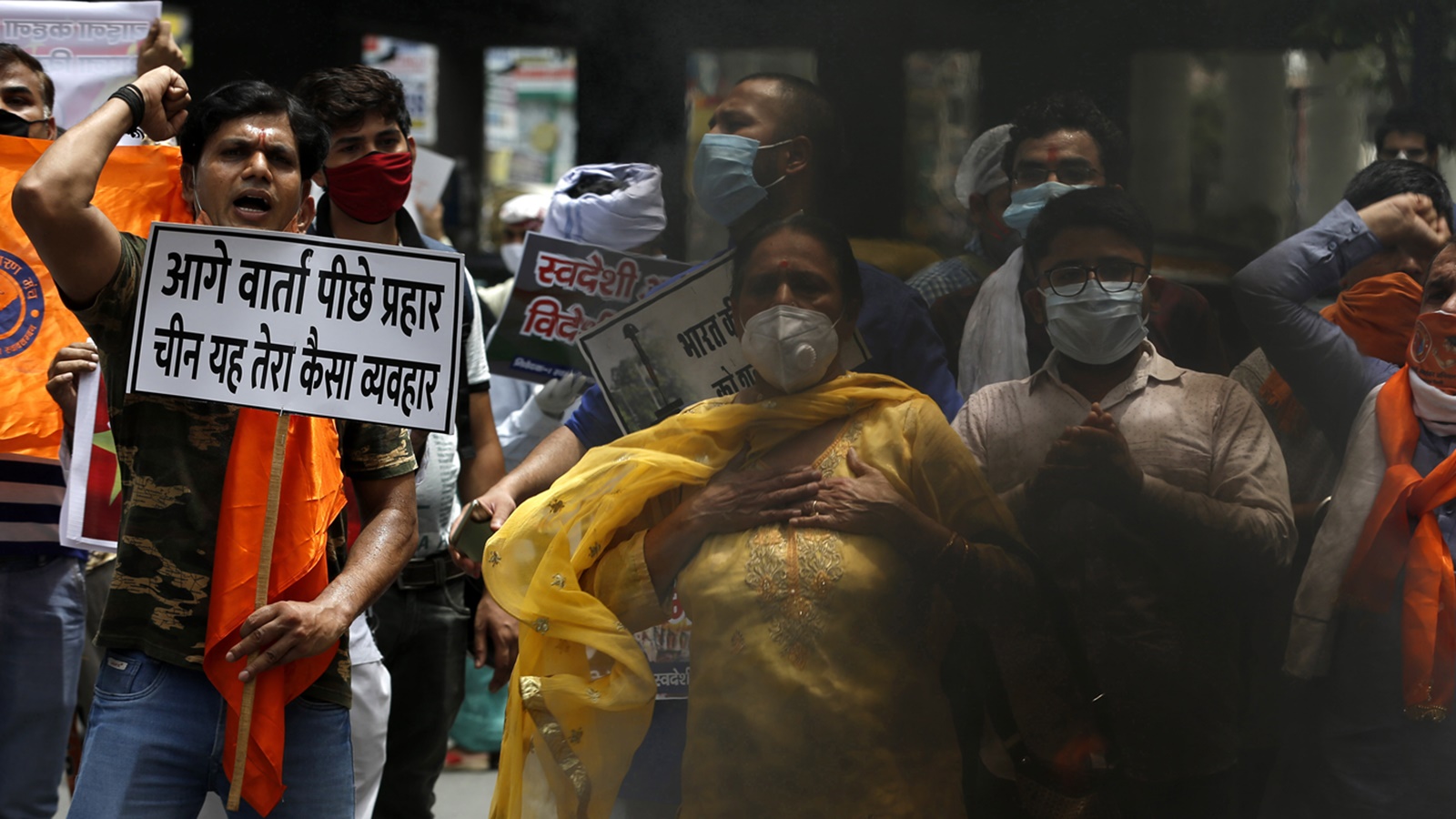The stability in Eastern Ladakh is delicate. The talks are in stalemate; the loss of lives during the violent Galwan clash notwithstanding, the People’s Liberation Army seems unprepared to budge from the demands of its political leadership.
The challenge for India lies in understanding China. For a country that shares a long, deep civilisational engagement model, the absence of perceptual understanding seems paradoxical.
When we view the Chinese from the Western strategic prism, we find them to be inept, unscrupulous, and deceptive. Our generals and diplomats often cite deception as an integral part of their strategy. The Chinese, on their part, view us as belligerent, deceitful and dishonest. Joann Pittman, an Australian teacher who spent 28 years in China, suggested a simple rule: “Nothing is as it seems. It is the opposite.” She writes that one cannot be dichotomous in their expectation from China — wanting something to be either this or that. China’s practice of communism is only a myth; it is essentially a consumerist society in pursuit of wealth accumulation. The West has long realised this, perfecting their ability to negotiate with the Chinese.
The term “strategic” for China carries a relational meaning of setting a base rather than seeking a solution. They don’t seek tactical goals without setting a strategy. As Sun Tzu said “Tactics without strategy is the noise before defeat”. Therefore, trust-building in China is obligatory, which may override binding agreements or laws. The Chinese believe in minimising the perception gap. They cite their counterparts as “inflexible”. For instance, when India made some constructive suggestions during the 13th round of border talks, the Chinese rejected them as “unreasonable and unrealistic”.
“Saving face” is critical for the Chinese. To avoid direct conflict, they use informal intermediaries acting as a buffer. The Western negotiators often follow the guanxi (using networks to accomplish targets) path to overcome cultural contradictions and to minimise perception gaps for negotiations to succeed. The Chinese prefer clinching a long-term deal but subject it to renegotiation, should trust elements go missing. They tend to reject the Western-style abrasive approach of seeking truth by an outpouring of anger. The Chinese prefer a middle-way quid pro quo approach involving a process of haggling, allowing both sides to hold valid positions to find a “win-win” outcome or to maximise wins and minimise losses.
The Chinese penchant for adhering to certain cardinal principles is known; first, to build a hierarchical system of relationships in line with the Confucian moral code of conduct; then to find middle ground (holistic solution) along the Taoist notion of defining relationships between the two forces, and finally, to build a harmonious relationship based on the Buddhist concept of equanimity. They put more value to the means (process) than the goal. Finding the way, not the truth, is important to them.
Outwardly, the Chinese appear non-intrusive and non-interfering as they keep a low profile, and avoid taking the lead position unless their national security is threatened. But the essence lies in their sense of timing; delaying things to settle gradually until they are prepared to achieve maximum gains. President Xi Jinping’s blueprint speech “How China Works – Charting the Future”, passed by the 20th National Congress of the CCP in 2022 underlined “nurturing opportunities in crises, and turn crises into opportunities”. They can skillfully turn the adversary’s strategic depth into their asset.
India-China signed the 1954 Panchsheel Accord to regulate border trade and pilgrimage traffic. What blemished it remains an enigma but China employed the Tibet card to achieve maximum gains with least Indian resistance. They may still be doing so, but the Indians can not get it because of the Western narrative trap. Instituting boundary-centric dialogues has generated more “friction points” and fuelled domestic outrage. Incremental confidence-building steps have also proved futile. Economic interdependence as the sine qua non for building trust has only entailed a client-vendor relationship rather than a value-added partner relationship.
The 2018 informal Wuhan Summit was the closest-ever political attempt when Prime Minister Narendra Modi and President Xi perhaps reached a foundational understanding to “handle all differences through peaceful means”. By the time the 2019 Chennai Summit was held, the top-down approach was either surreptitiously derailed or had fallen victim to domestic exigencies. The trust building remains elusive.
China talks about seeing the “big picture” while suggesting that the border issue is not the entirety of China-India relations. Foreign minister Wang Yi said last year, “One must not get disturbed by one moment”. The subtext of the Chinese line is that the border issue is a Tibet-driven problem that India tends to play with US support.
India-China relationships are pursued based neither on civilisational congruity nor on meeting practical objectives. The West is playing a game with China at India’s expense, but most Western powers have built a knowledge-based network system to sustain a functional relationship with Beijing even if tensions escalate. The Chinese have also sharpened their negotiating skills to deal with the West based on realpolitik, only to prove that tensions are built to reset the policy and not to get stuck in a relationship stalemate.
India and China’s perceptual differences arise from an outraged sense of their righteousness — what they consider as the morally correct way to act. This has entailed a cycle of misjudgements and misperceptions about each other, preventing both sides from maintaining objectivity in their ties, mired at present in a sticky geopolitical trap, unable to either extricate themselves or to compromise. The task is getting harder as their differences move beyond the bilateral gambit into the global domain. The reality is that China will not take the Indian threat seriously. There are no substitutes for strengthening military preparedness, but it is never a good idea not to follow diplomatic off-ramps.
The writer is a senior fellow at the Delhi Policy Group



